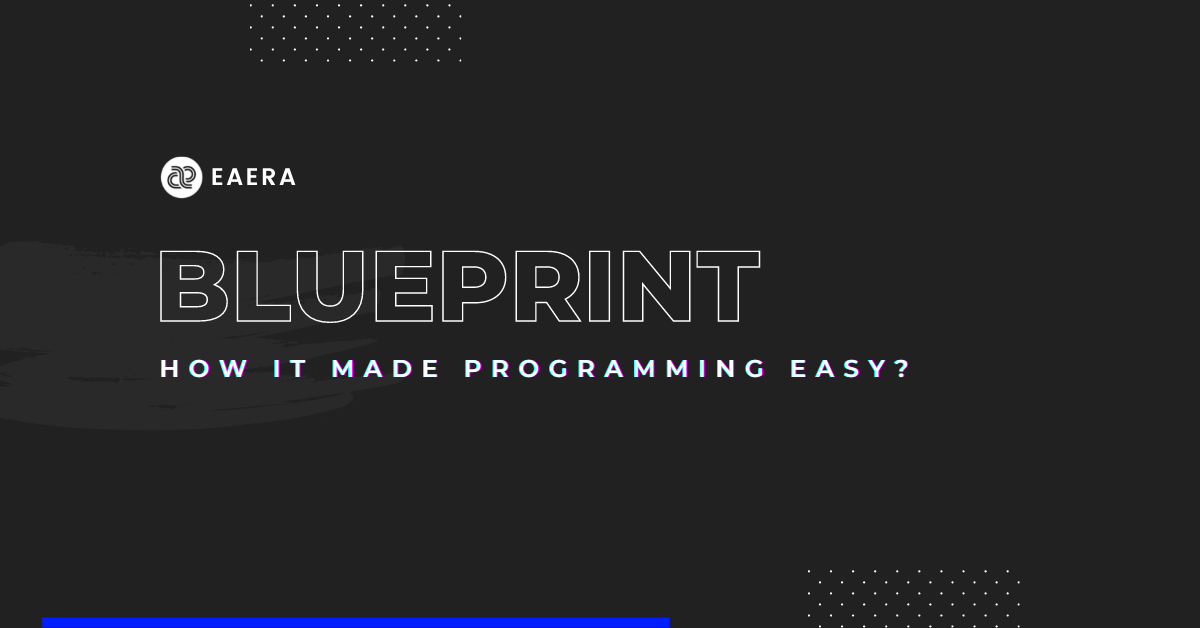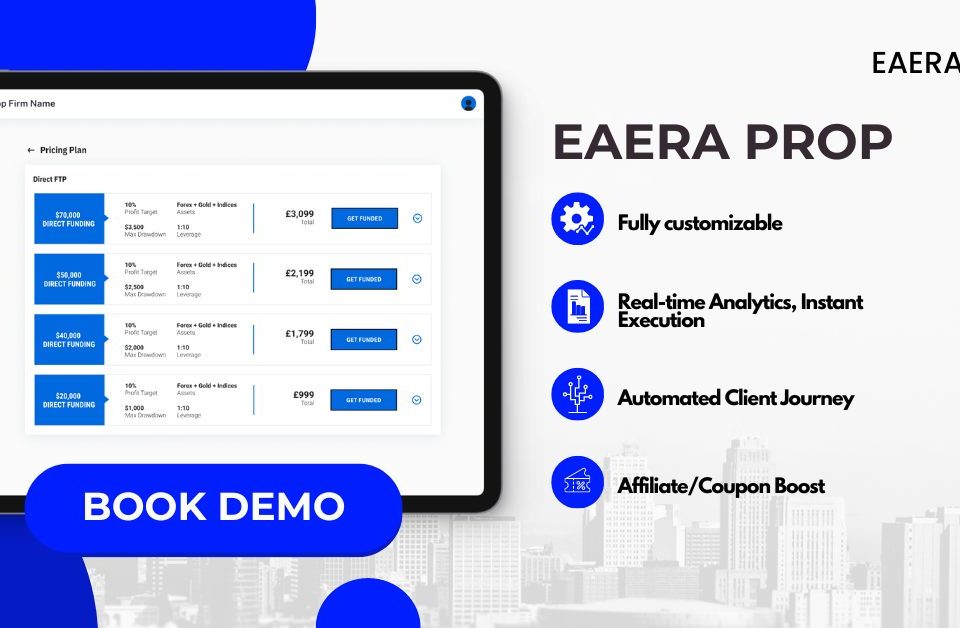
MT4 or MT5? How to make the right choice?
August 18, 2022
Setting Up a Forex Brokerage: The Role of CRM
February 5, 2023What is low-code?
Low-code is a method of software development that uses little to no coding to create apps and processes. Instead of using complex coding languages, low-code development platforms use visual interfaces with basic logic and drag-and-drop features. Users with no formal expertise of coding or software development are therefore able to use these straightforward tools to create apps for a variety of purposes, including mobile apps and corporate apps.
Features low-code platforms offer

1. Visual modeling tools
It takes less time to design applications while using visual approaches and models than it does to develop apps using code. Low-code platforms, which are equipped with visual modeling capabilities, employ built-in components to represent any data in a way that anybody can understand – from non-technical business users to expert developers.
2. Out-of-the-box functionality
OOTB software includes pre-designed and pre-packaged templates, forms, processes, and other features. All leading low code platforms come equipped with an out-of-the-box (OOTB) functionality that removes the need to build application core modules from scratch.
3. Drag-and-drop interfaces
Drag-and-drop functionality is available on every well-known low-code platform. It is one of the most significant and beneficial elements that facilitate the development process. The drag-and-drop feature has made application design much easier for both amateur and professional developers.
4. Reutilization
A reusable architecture is the art of repurposing existing components for use in different applications other than the one for which they were created. It’s almost like playing with Legos, where you can pull the pieces apart and reassemble them. So, what are the benefits of this option?
- You won’t have to recode anything because you’ll be able to use pre-built modules to create your apps.
- Because the code is concentrated in one place, you don’t have to modify, fix, or debug it in many places.
- It makes it easier for numerous developers to work on the same project.
5. Security
A low-code tool that isn’t secure isn’t a suitable answer, no matter how effective or user-friendly it is. Before you start using your low-code development platform, be sure it has proper protection to safeguard the apps you’re creating and the platform as a whole.
6. Reporting and monitoring
Apps built using low-code are able to track workflows and processes to see how effective they are. They can also monitor the performance of other applications, which is essential for data analysis.
Meaning of Blueprint
Blueprint is an innovative technical approach of displaying the design of conceptual work with specifics that can be understood by all technical members of the team. This is used to explain the details of the workflow and components in practically all engineering professions. This idea was first proposed by John Herschel in 1842.
For our own needs we have created a Blueprint platform, a low-code platform we are using to develop our products.
Blueprint's role in our processes
The potential of low-code platforms is limitless, but so far, we have been using them for 3 main purposes:
Metrics calculations
Using the trading data received from MT4 and MT5 APIs, we can make complex formulas and conversions to create metrics that monitor traders’ performance via Blueprint. These results are then easily displayed on our Risk Platform and Client Portal.
Email automation
Thanks to Blueprint, we can easily create flows for automated emails used on our platform. Different emails are used for marketing purposes, notifications, warnings, etc. These emails are sent on triggers that are either scheduled or based on events. By using Blueprint, our marketing team is able to easily make changes in the automation process without the help of the IT team.
Database automation
Blueprint is very useful when it comes to updating information in our database as a result of trading or scheduled events (for example account’s currency, groups, user’s email).
Positive impact on data calculation
The trading data that we use can be persistent (changes are relatively rare, only after certain events) in the case of Balance, Deposit, Credit, Closed Profit for example, or it can be volatile (changing frequently based on price fluctuations), for example, Equity, Floating PL.
For this reason, our metric values can also be set to be persistent, volatile, or inline, depending on the type of input values. This setting optimizes the performance of the system as not all values are logged in the same way. Those that have shorter durability because they change very often (up to every second) are not stored in the same way as those more persistent ones.
With the goal to improve the system performance, our values are not updated automatically (for instance, as opposed to Excel where as soon as one cell changes its value, all related cells update their values too). Instead, we rely on a set of actions that are triggered by events from the trading platform to update (recalculate) metric values only when needed. Some of these actions include: OnOpenTrade, OnClosedTrade, OnBalance, OnAccountCreated. Others are scheduled, like NewDay that recalculates all daily values at midnight.
For values based on open positions (like Equity, Floating PL. Daily PL, Monthly PL, etc.) we have OnPriceChange action that updates related values every time a symbols’ price changes, but with a limit of 3 seconds, meaning that even if a symbol’s price changes every 1 second, the metric values will be updated only every 3 seconds. This does not degrade the user experience, but it improves the system performance significantly because the number of calculations is reduced.
Why we use Blueprint?
The way we operate has significantly improved thanks to Blueprint.
Even if our IT team is always available to support our clients, with this technology, the latter can develop their own processes and automation as needed without requiring our assistance. This empowerment greatly increases their flexibility, performance and productivity.
Here are some ways Blueprint might help you:
Improve the quality of your processes:
When you have a better tool to define what you need in a process flow, a more efficient way to collaborate with your peers, and a stronger method to manage dependencies and relationships between people, processes, and technologies, you can build significantly performant bots.
Improve collaboration:
Through features that promote speed and agility, Blueprint improves cross-functional cooperation between business and IT members, allowing your teams to optimize production and resolve problems in an easier and faster way.
Reduce the need for IT personnel:
Without coding expertise required, it is possible to create complex flows to accomplish desired outcomes.
Reduce the workload:
Solutions are delivered at a faster pace with substantially fewer rework and maintenance expenses because all optimization actions are captured and executed within the Blueprint, without the need of writing the code again.
Want to learn more about our platform or the technology we use?
Follow the link or send us any question you have via contact form or via email at hi@eaera.com:











